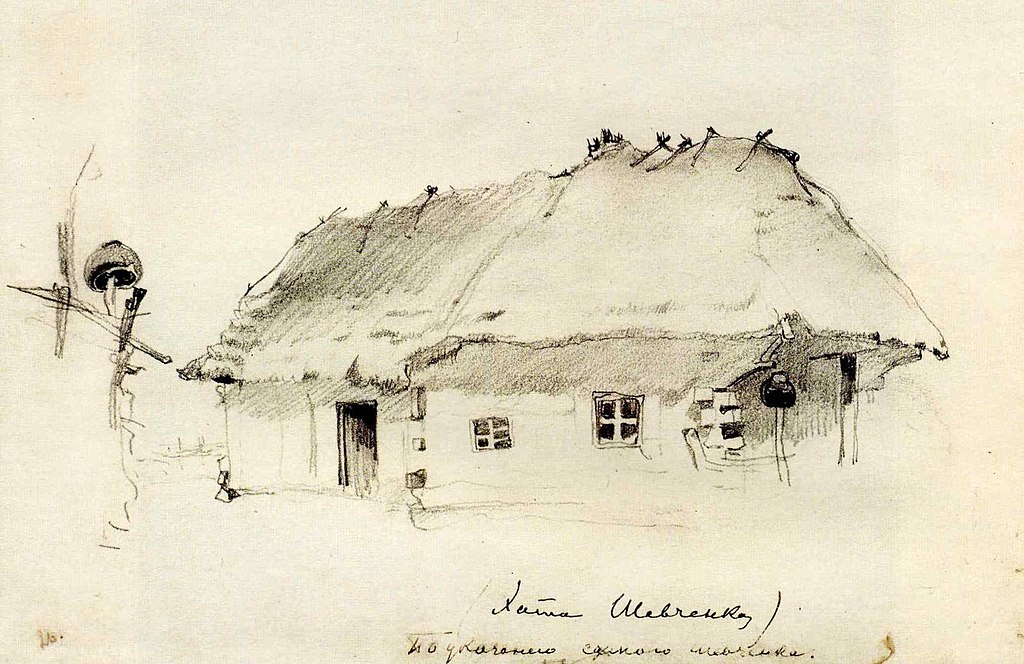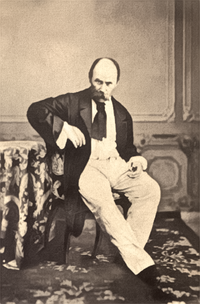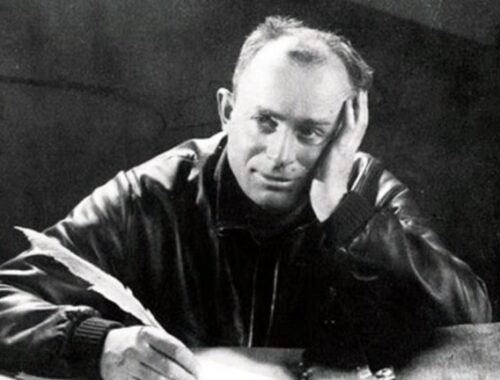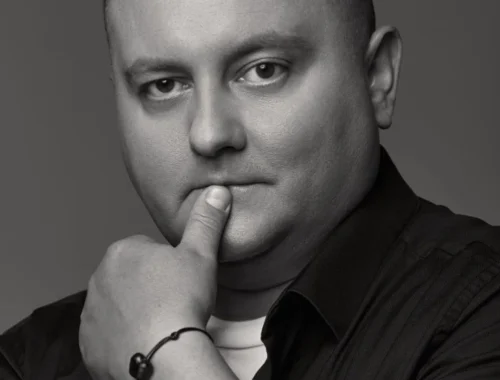
Taras Shevchenko
Good afternoon, dear readers!Today I want to tell you about the biography of Taras Shevchenko, a famous writer, poet, artist, public figure, and national hero of Ukraine. He was born on March 9, 1814, in the village of Moryntsi, Kyiv province, Russian Empire (now Cherkasy region, Ukraine) in a family of serfs. Taras Shevchenko was a man of medium height and strong build. His height was 164 cm. His main field of activity was literature, where he created unsurpassed works, including the collection of poems “Kobzar”, which is considered the basis of modern Ukrainian literature and language. He was also an outstanding artist who left over 800 works of painting and drawing. His life was full of tragedies, persecution, and exile, but also of inspiration, love, and patriotism. If you want to learn more about this extraordinary personality, I invite you to read this article.
Contents
ToggleChildhood and family
 Taras Shevchenko was the third child in the family of Hryhoriy Ivanovych Shevchenko and Kateryna Yakymivna Boyko. He had two older brothers, Yosyp and Mykyta, and two younger sisters, Yaryna and Kateryna. His father was a laborer who worked for various landowners, and his mother took care of the children and the household. Taras grew up in poverty, hunger, and hardship, but also in love with his native land, language, and people. He learned to read and write from the village clerk, and also listened to folk songs, legends, and stories that influenced his future work. In 1823 his mother died of cholera, and in 1831 his father died of typhus. After his father’s death, Taras became a serf of the landowner P. Engelhardt, who sent him to study with the painter V. Shyriayev in Vilna and then in St. Petersburg.
Taras Shevchenko was the third child in the family of Hryhoriy Ivanovych Shevchenko and Kateryna Yakymivna Boyko. He had two older brothers, Yosyp and Mykyta, and two younger sisters, Yaryna and Kateryna. His father was a laborer who worked for various landowners, and his mother took care of the children and the household. Taras grew up in poverty, hunger, and hardship, but also in love with his native land, language, and people. He learned to read and write from the village clerk, and also listened to folk songs, legends, and stories that influenced his future work. In 1823 his mother died of cholera, and in 1831 his father died of typhus. After his father’s death, Taras became a serf of the landowner P. Engelhardt, who sent him to study with the painter V. Shyriayev in Vilna and then in St. Petersburg.
Education
Taras Shevchenko was a self-taught man who had no systematic education, but he had great talent and a thirst for knowledge. In St. Petersburg, he met with prominent artists who helped him develop his abilities. In particular, he became a student of K. Bryullov, who painted his portrait and put it up for sale to raise funds to redeem Shevchenko from serfdom. In 1838, Shevchenko was redeemed from serfdom and in the same year was admitted to the St. Petersburg Academy of Arts, where he studied until 1845. At the Academy, he learned the basics of painting, drawing, sculpture, and architecture, as well as history, geography, literature, and languages. He also got acquainted with the works of the classics of world literature, including Homer, Dante, Shakespeare, Goethe, Pushkin, Byron, and others.
Career
Taras Shevchenko was a multifaceted creator who became famous as a writer, poet, artist, and public figure. His literary career began in 1840, when his first collection of poetry, Kobzar, was published in St. Petersburg, containing 8 works written in Ukrainian. This collection impressed readers with its originality, depth, power, expressiveness, and national spirit. Shevchenko was the first Ukrainian writer to write about contemporary events, about the suffering, struggle, and hopes of the people, about their history, culture, language, and faith. He also wrote about his life, his feelings, his thoughts about justice, freedom, and love. His poetry was filled with lyricism, romanticism, realism, irony, satire, and patriotism. He used various genres, forms, styles, metrics, rhymes, allegories, symbols, allusions, and quotations. He also translated works by foreign authors, including Goethe, Byron, Mickiewicz, and Pushkin. His poetic heritage includes more than 230 works that are included in the golden fund of Ukrainian literature.
Shevchenko was also an outstanding artist who became famous for his works in various fields of fine art. He painted with oils, watercolors, sepia, ink, and lead pencil, and also created etchings, engravings, sculptures, and carvings. He depicted portraits, landscapes, historical and mythological scenes, everyday and national motifs. He also illustrated the works of other writers, including Gogol, Polevyi, and Kvitka-Osnovianenko. He was one of the first Ukrainian art critics to express his views on the role of art in society.
 Shevchenko began painting as a child, when he learned to read and write from a village clerk. In St. Petersburg, he became a student of the prominent artist K. Bryullov, who helped him to redeem himself from serfdom with the help of his portrait of Shevchenko. In 1838 Shevchenko was accepted to the St. Petersburg Academy of Arts, where he studied until 1845. At the Academy, he learned the basics of painting, graphics, sculpture, architecture, and also studied history, geography, literature, and languages. In 1844, Shevchenko was awarded the title of academician in copper engraving for his series of etchings “Picturesque Ukraine.”
Shevchenko began painting as a child, when he learned to read and write from a village clerk. In St. Petersburg, he became a student of the prominent artist K. Bryullov, who helped him to redeem himself from serfdom with the help of his portrait of Shevchenko. In 1838 Shevchenko was accepted to the St. Petersburg Academy of Arts, where he studied until 1845. At the Academy, he learned the basics of painting, graphics, sculpture, architecture, and also studied history, geography, literature, and languages. In 1844, Shevchenko was awarded the title of academician in copper engraving for his series of etchings “Picturesque Ukraine.”
In 1845-1846, Shevchenko visited Ukraine, where he painted landscapes, portraits, historical and everyday scenes, including “Catherine,” “Haidamaks,” “Samson,” and “Tarasova Nacht.” In 1847, Shevchenko was arrested for his participation in the Cyril and Methodius Brotherhood and exiled to the Orenburg region, where he was forbidden to paint. However, he did not stop his work and used any opportunity to paint. In 1848-1849, he participated in the Aral Sea Expedition, where he painted in watercolor, sepia, ink, and pencil. In 1850, Shevchenko was transferred to the Novopetrovsky fortress, where he also painted in secret.
In 1857, Shevchenko was released from exile and returned to St. Petersburg, where he continued to paint. He also visited Ukraine in 1859, where he again practiced painting. During this period, he created many works, including “Dream,” “Executed Renaissance,” “Maria,” “Chumaks,” “The Indifferent,” and “Peasant Family.” In 1860, Shevchenko was again arrested for participating in the revolutionary movement and sent to St. Petersburg, where he died on March 10, 1861.
Conclusion.

Taras Shevchenko was not only a great writer, but also an outstanding artist who left behind a rich and diverse artistic legacy. He painted with love for his people, his land, and his history. He expressed his views, his feelings, his ideals through art. He was a brave, talented, inspired artist who did not give up in the face of difficulties, persecution, and prohibitions. He was an influential personality who made a significant contribution to the development of Ukrainian fine art. His works are a treasure of national culture that arouse admiration, respect, and interest. I hope you found this article useful and educational.
Let us add a few quotes by Taras Shevchenko that reflect his views on art:
- Art is a holy thing, not a party.
- Art is the soul of the people, not a beautiful toy.
- Art is not only beauty, but also truth.
- Art is not only a craft, but also a thought.
- Art is not only imitation, but also creation.

Lina Kostenko




